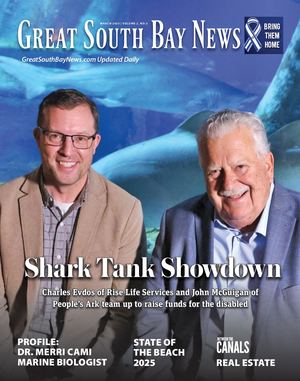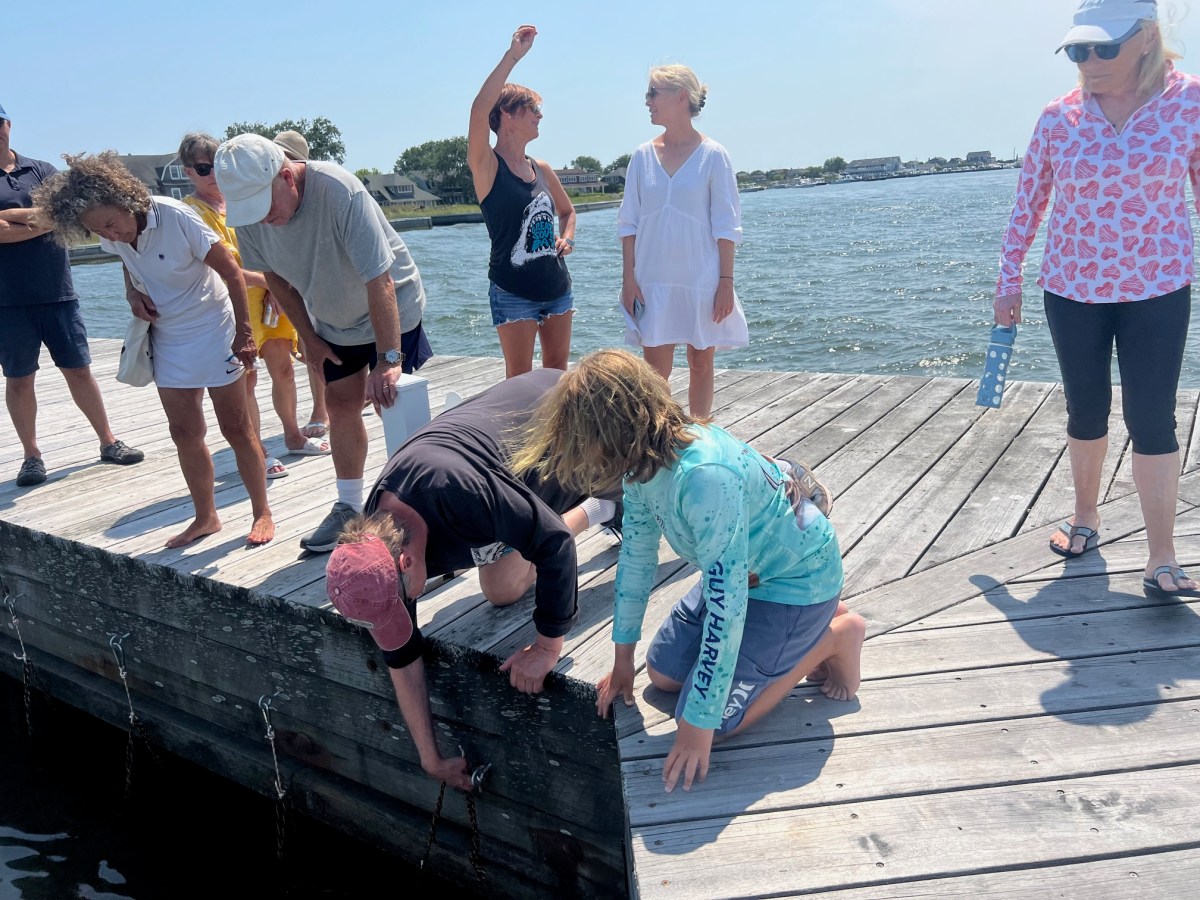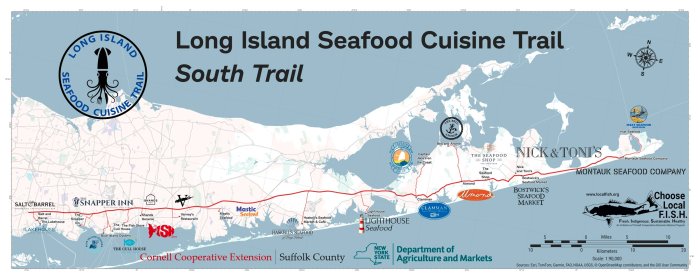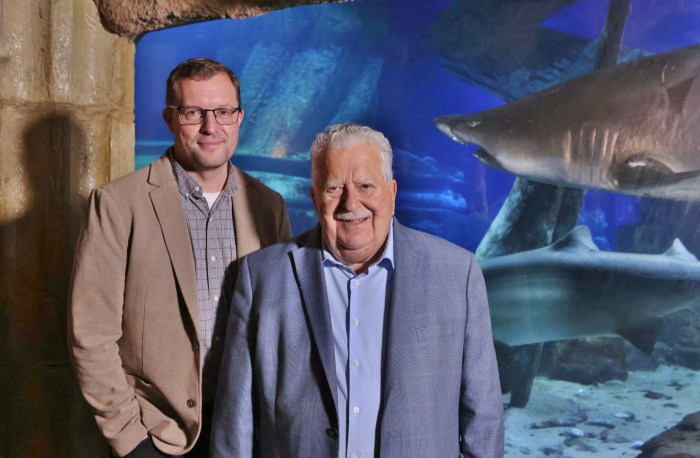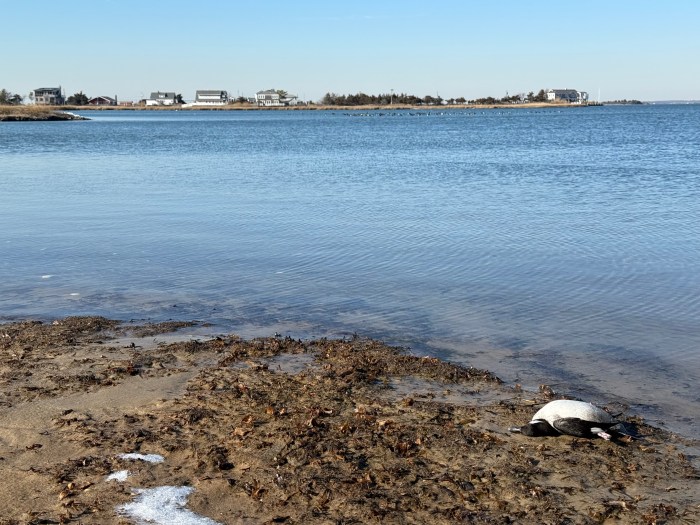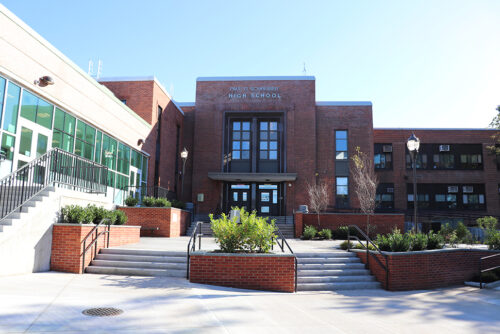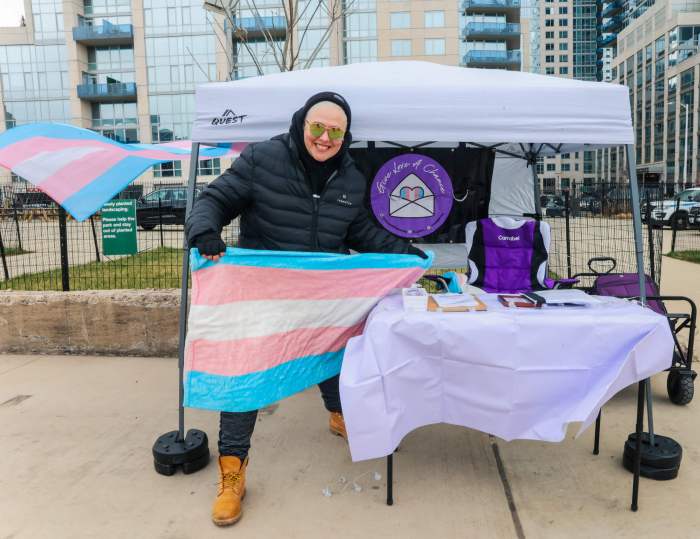Save the Great South Bay (SGSB) continued its public speaker series on July 12, 2024. This time around, they were educating Long Island residents, representatives from the New York State Senate office, the New York State Department of Environmental Conservation (NYSDEC), and people who care about the Long Island waterways. The topic was restorative aquaculture, and a whole panel of experts spoke on it.
What is restorative aquaculture? It is an increasingly popular trend to raise a species and reintroduce them back into their marine environment to restore or save a population that has direct positive impacts on the ecosystem as a whole. In this case, expanding upon is called mariculture, to focus on marine shellfish. In more simple terms, SGSB is attempting to save the declining clam population in the Great South Bay (GSB) and revive the oyster population.
It is no secret that the bay’s water quality has dramatically declined over the years. Harmful algal blooms and toxins now thrive in what once was a clean waterway. Mass amounts of nitrogen in the water are to blame. One reason for this is the decline in shellfish population, especially clams, over the last Century.
“The once historically great clam and oyster population in the Great South Bay, is gone,” said Dr. Jeffrey Levinton, a distinguished professor at Stony Brook University, marine benthic ecologist, and one of the panel speakers.
With the lack of shellfish, nitrogen levels have risen because there are fewer shellfish to filter it out.
“Oysters filter close to 50 gallons of water a day; clams are just as good,” stated Billy Hart, who’s been working with shellfish since he was fourteen years old and owns Hart Hatchery.
That is why aquaculture is being pursued to save the bay. Increasing the clam and oyster population will help the mission restore it. Like most environmental issues, human error is the most significant cause of the declining GSB.
“The 1970s was the clam boom; they were overharvested, and the habitat was destroyed,” said the Town of Babylon’s head of the Department of Environmental Control, Brian Zitani.
Reversing the last hundred years of human error in overfishing and wastewater dumping will be a monumental task, but it can be done. While restoring these oyster and clam populations will bring a much-needed boost, it won’t happen without an investment in resources – the most significant being money. It costs money to obtain, raise, and place the oysters.
However, one of the main striking points of the speech was how it can recoup money as well. The oysters can filter nitrogen out of the water, and then when they reach market sale size, they can be sold. They are safe to eat, and oysters are an in-demand menu item globally.
“With 5,000 acres of shellfish coverage, you could remove 146% of nitrogen levels, take them out, and sell them for food,” said Levinton.
If a town invested in starting it up, it could help the bay and get into a cycle of growing, filtering, selling, and taking less of a financial hit. The town of Babylon has dabbled into this system—with a caveat…
“The Town of Babylon is strictly growing for repopulation; when they get to that size, they are placed out in the bay and can even be harvested,” explained Zitani.
An oyster can grow to market size in one season; clams take three to five years. While environmental damage could be graded as priceless, money is everything now, but this can help regulate its cost.
Eventually, the hope is that oyster reefs around the Great South Bay will be established. Being on the south shore, the GSB is a sandy environment. That doesn’t bode well for oyster growth. Oysters need a hard surface to grow on. Oysters can co-exist and grow with clams. The clams lay in the bottom of the bay floor, keeping the surface hard enough for the oysters to grow. Introducing both will allow for more filtration and growth of both species. It has also been documented that oysters will grow on the bulkheads of docks, which could be a great place to plant them. However, most waterfront property is privately owned, making that option challenging. In collaboration with the Town of Islip and planting oysters, SGSB has found naturally established oysters in the Fire Island Inlet, which could become an oyster reef in 10 to 15 years. It’s a huge payoff to all the work they do.
Apart from helping restore populations and filtering the water, aquaculture also has other positive impacts.
“Aquaculture is very beneficial to where it is done,” explained Harrison Tobi, a Shellfish and Aquaculture specialist and manager of the CCE’s bay scallop restoration program. “Aquaculture does the same thing as reefs; the oyster gear provides habitat, and the bottom gear increases fish communities, fish populations, and even other shellfish.”
Over the last few years, the decreasing fish population has been another hot topic surrounding the failing Great South Bay. Aquaculture will help with that and help promote a healthier fish population that is positive for the environment and recreational fishing.
The panel of speakers agreed and was adamant that restorative aquaculture is the future of Long Island Shellfish. It all starts with removing the nitrogen from the water, which is why SGSB has numerous programs to help.
They are also experimenting with planting sugar kelp, which has netted some positive results but comes with a learning curve. As always, the more people who help and volunteer, the better. And, of course, resolving the Fire Island waste management issue would be tremendously helpful.
Erasing the mistakes of past generations is nothing less than a monumental task, but the alternative is watching the Great South Bay fail, which isn’t an option.
